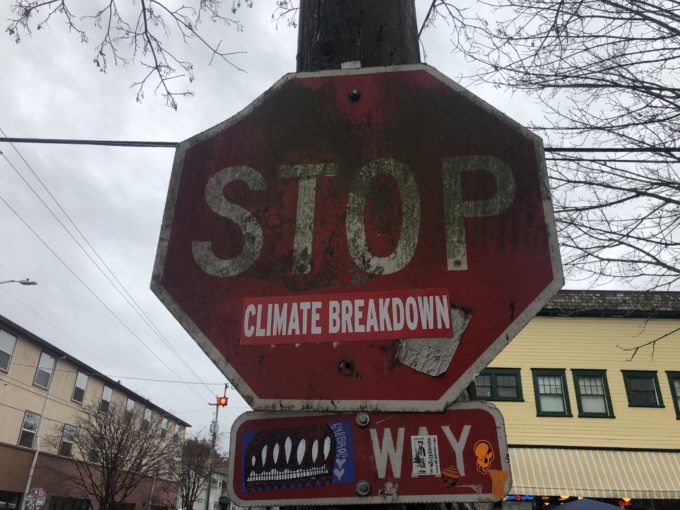Leftist Presidential Candidate’s Landslide Promises Clean Sweep of Pinochet’s Fascist Legacy
Ever since the 9-11 attack on the US, people here had this mantra that 9-11 “changed everything.” It’s a gross overstatement of course. The country has been moving steadily into becoming a “national security” state since President Harry Truman launched it with the creation of the CIA and the National Security Agency. Since then, like a ratchet, we’ve had a gradually metastasizing police state and ever more intrusive central government, with both political parties supporting more military spending, more wars, more domestic spying, more militarized policing, and more attacks on media independence.
Now we have a shining example of what needs to be done, in a country that had its own 9-11, but has finally turned things around.
Chile, in fact, was the scene of a far more brutal and deadly 9-11 event that occurred on September 11, 1973, when the country’s military, under the direction of a fascist military leader named Augusto Pinochet, in a coup backed if not orchestrated by the US under President Richard Nixon and his then National Security Advisor Henry Kissinger, overthrew the democratically elected and hugely popular Marxist President Salvador Allende Gossens, murdering him in the presidential palace and launching a reign of terror that saw thousands of Allende supporters murdered or disappeared.
Pinochet tore up the country’s constitution and imposed a fascist replacement document that has been in place long after his death, limiting the country’s ability to recover its freedoms.
That all ended this past weekend, as Chileans turned out in large numbers in a dramatic run-off election between a hard-right open admirer of Pinochet named Antonio Kast and a 35-year old leftist and veteran of a decade of protest actions against the government, Gabriel Boric, who has vowed to wipe away the almost half-century legacy of the country’s own 9-11 horror.
Unlike recent elections of leftist leaders in countries like Bolivia, Ecuador and Peru, which have been so close that it’s difficult for the new left leaders to make changes, Boric’s win in Chile was decisive. After coming in a close second with 25% of the vote in a crowded presidential field that included various left candidates and some centrists during the initial election, behind Kast, who got 28% of the vote, with 99% of the ballots counted in the Sunday run-off voting by the end of the day Monday, Boric had won 56% of the vote to Kast’s 44% — a 12% margin of victory.
While the solid left didn’t win an outright majority in the country’s bicameral Congressional election which took place in November, it appears that between leftist, “soft” leftist and indigenous deputies in the 155-member lower house and in the 40-seat senate, Boric should be able to pass most of the measures he is proposing to bring the country out of its decades of repressive darkness. In a good demonstration of what may be expected from the new Congress with which Boric, who assume the Presidency on March 11, passed a law establishing marriage equality for same sex individuals — a big step for such a conservative mostly Catholic country.
Meanwhile, a second body, an constitutional assembly established two years ago to write and approve a whole new truly democratic Constitution for the country, has a strong left majority.
This is all worth cheering about.
Under Pinochet, who led the country from 1973 through 1990, besides enduring a brutal military/police repression, Chile became a laboratory for right wing economic experiments by a gang of acolytes of capitalist economic theorist Milton Friedman, a University of Chicago professor and Economics Nobel Prize winner who claimed that unregulated capitalism was essential for democracy. Chileans paid the price for these ludicrous ideological experiments with soaring income and wealth disparity, deepening poverty, collapsing education, privation of all kinds of services including by foreign private investors, and even the privatization of the country’s social security system.
Boric has vowed to reverse all these disasters.
Chile is showing the way. It can be done, if the people will it to be so!
We in the US, especially on the left, need to study what the left in Chile has accomplished, and of course to support their struggle to clean away the toxic sludge of decades of fascist rule and rules.
We need also to be alert to efforts by our own government and its nefarious imperial agencies from the CIA to the Pentagon, the Drug Enforcement Agency, State Department, Alliance for Progress and National Endowment for Democracy to undermine progressive governments like Chile’s. The history of US subversion of left governments in Latin American goes back centuries and is alive and well in Washington.


